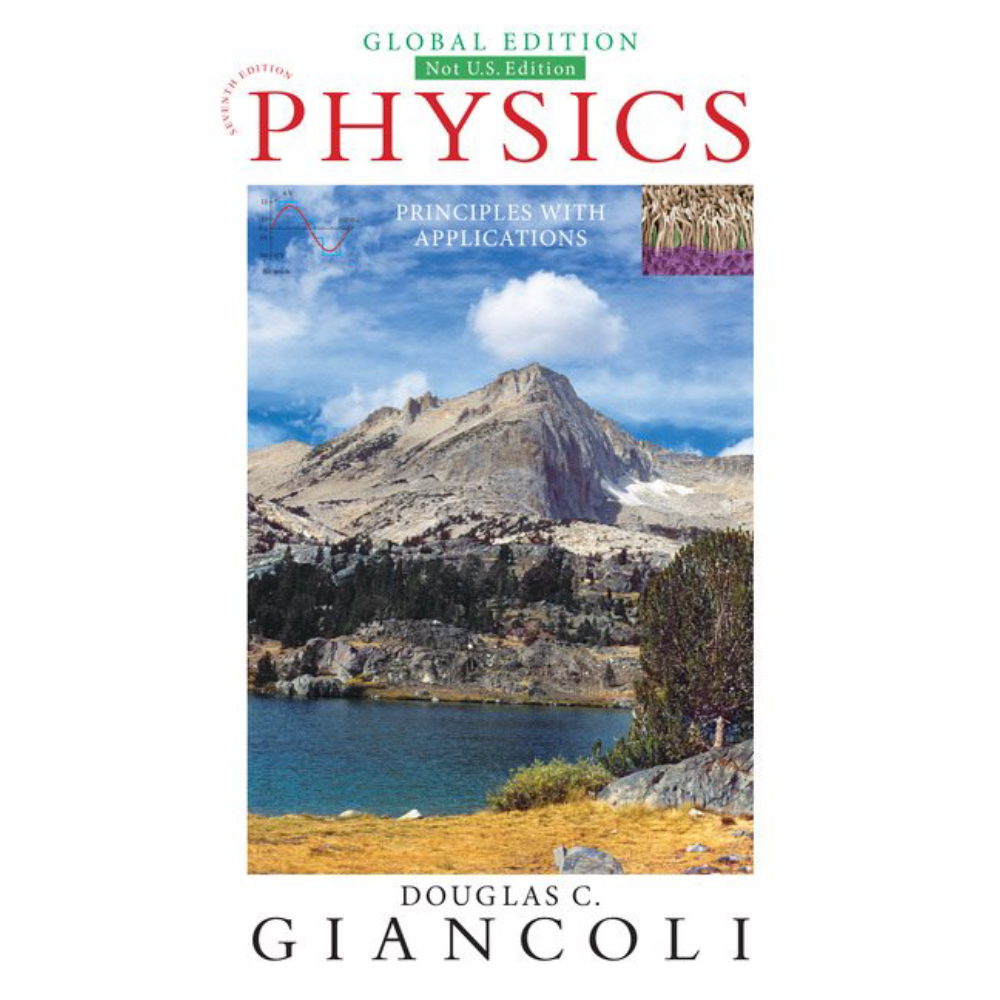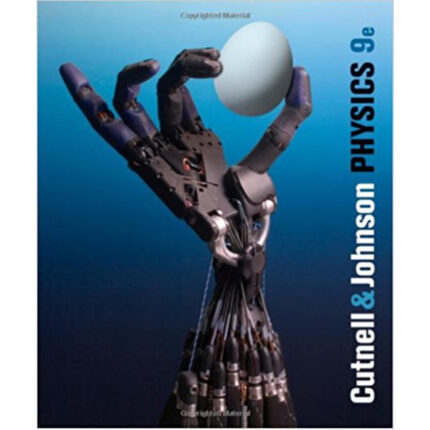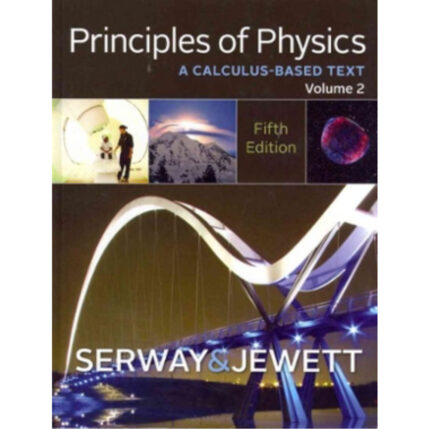Physics Principles With Applications (7th Edition) – Giancoli
9) An object attached to an ideal spring executes simple harmonic motion. If you want to double its
total energy, you could
A) double the force constant (spring constant) of the spring.
B) double both the mass and amplitude of vibration.
C) double the amplitude of vibration.
D) double the mass.
E) double both the amplitude and force constant (spring constant).
9)
10) An object that hangs from the ceiling of a stationary elevator by an ideal spring oscillates with a
period T. If the elevator accelerates upward with acceleration 2g, what will be the period of
oscillation of the object?
A) T/4 B) 4T C) 2T D) T E) T/2
10)
11) A mass on a spring undergoes SHM. When the mass passes through the equilibrium position,
which of the following statements about it are true? (There could be more than one correct choice.)
A) Its speed is zero.
B) Its elastic potential energy is zero.
C) Its acceleration is zero.
D) Its total mechanical energy is zero.
E) Its kinetic energy is a maximum.
11)
12) A mass on a spring undergoes SHM. When the mass is at its maximum distance from the
equilibrium position, which of the following statements about it are true? (There could be more
than one correct choice.)
A) Its kinetic energy is a maximum.
B) Its acceleration is zero.
C) Its total mechanical energy is zero.
D) Its speed is zero.
E) Its elastic potential energy is zero.
12)
13) An object is attached to a vertical spring and bobs up and down between points A and B. Where is
the object located when its kinetic energy is a minimum?
A) midway between A and B
B) one-third of the way between A and B
C) at either A or B
D) one-fourth of the way between A and B
E) at none of the above points
13)
14) An object is attached to a vertical spring and bobs up and down between points A and B. Where is
the object located when its kinetic energy is a maximum?
A) midway between A and B
B) one-fourth of the way between A and B
C) at either A or B
D) one-third of the way between A and B
E) at none of the above points
14)
4
15) An object is attached to a vertical spring and bobs up and down between points A and B. Where is
the object located when its elastic potential energy is a minimum?
A) midway between A and B
B) at either A or B
C) one-third of the way between A and B
D) one-fourth of the way between A and B
E) at none of the above points
15)
16) An object is attached to a vertical spring and bobs up and down between points A and B. Where is
the object located when its elastic potential energy is a maximum?
A) one-fourth of the way between A and B
B) midway between A and B
C) at either A or B
D) one-third of the way between A and B
E) at none of the above points
16)
17) Two simple pendulums, A and B, are each 3.0 m long, and the period of pendulum A is T.
Pendulum A is twice as heavy as pendulum B. What is the period of pendulum B?
A) T/2 B) 2T C) T D) T/ 2 E) T 2
17)
18) A ball swinging at the end of a massless string, as shown in the figure, undergoes simple harmonic
motion. At what point (or points) is the magnitude of the instantaneous acceleration of the ball the
greatest?
A) C B) A and D C) A and B D) B E) A and C
18)
19) Identical balls oscillate with the same period T on Earth. Ball A is attached to an ideal spring and
ball B swings back and forth to form a simple pendulum. These systems are now taken to the
Moon, where g = 1.6 m/s2, and set into oscillation. Which of the following statements about these
systems are true? (There could be more than one correct choice.)
A) On the Moon, ball B will take longer to complete one cycle than ball A.
B) On the Moon, ball B will execute more vibrations each minute than ball A.
C) Both systems will have the same period on the Moon as on Earth.
D) On the Moon, ball A will take longer to complete one cycle than ball B.
E) On the Moon, ball A will execute more vibrations each minute than ball B.
ANSWER
9)
A
10)
D
11) B, C, E
12)
D
13)
C
14)
A
15)
A
16)
C
17)
C
18)
B
19) A, E













Reviews
There are no reviews yet.